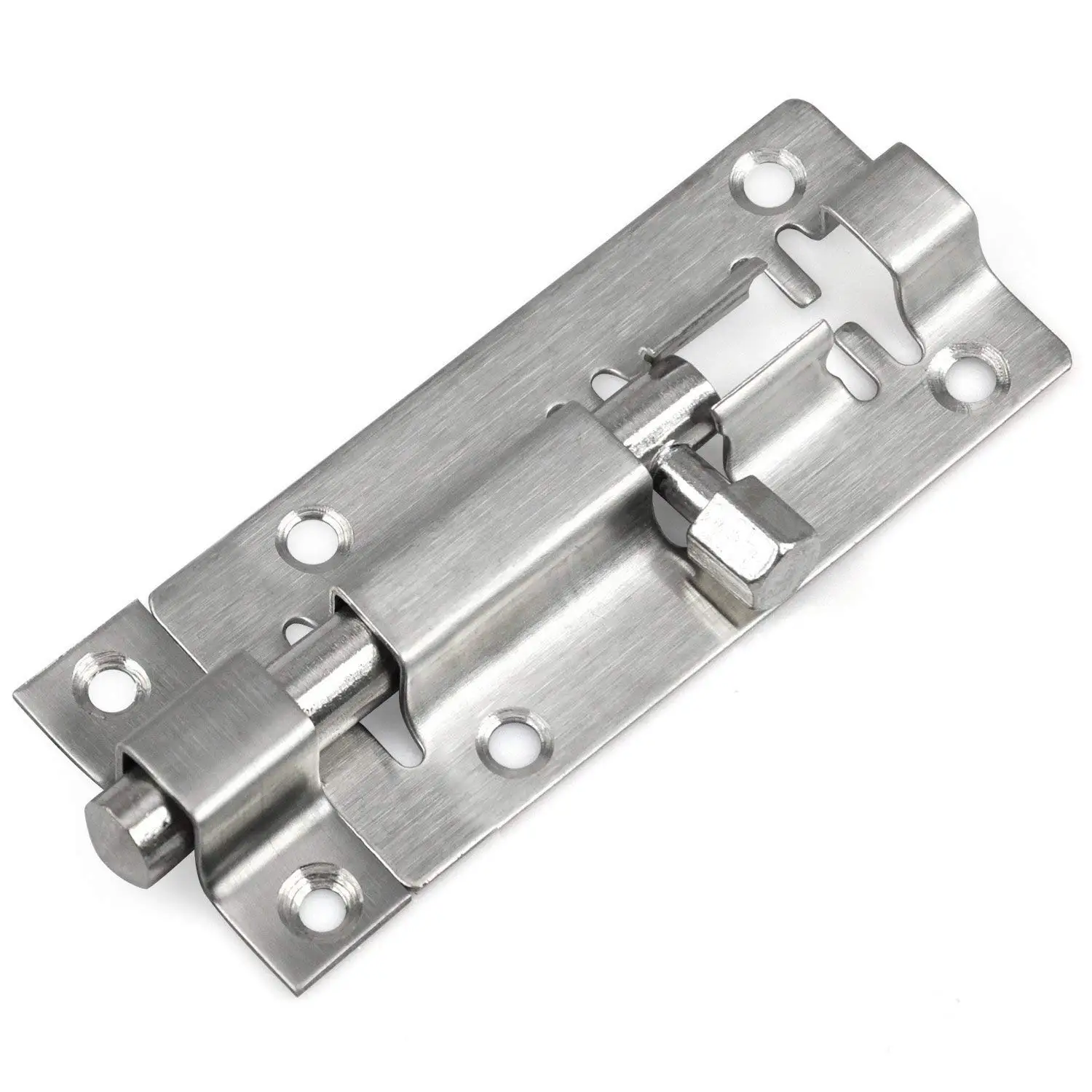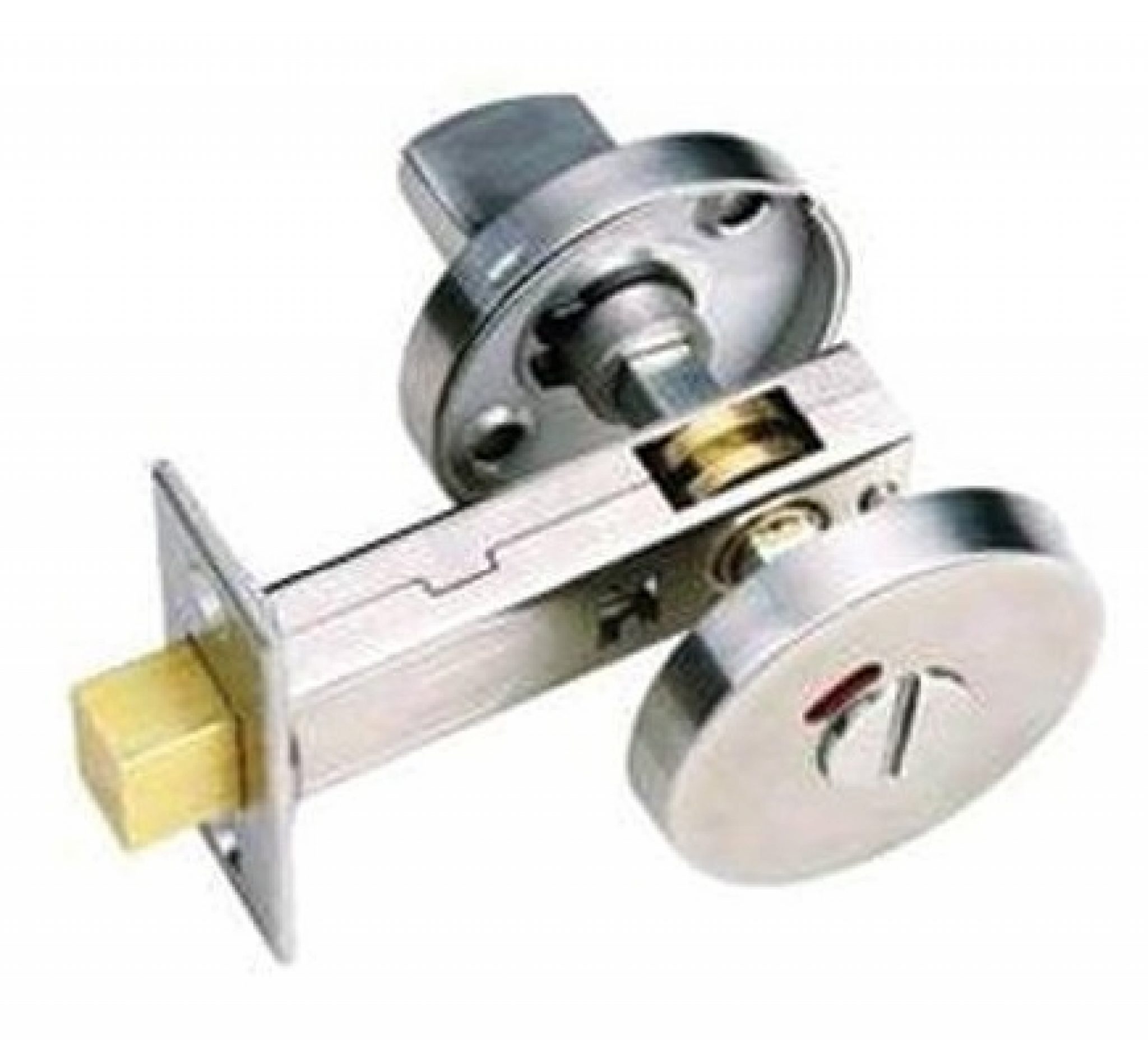Types of Interior Bathroom Door Locks

Interior bathroom door locks are essential for privacy and security, offering varying levels of functionality and security features. Understanding the different types of locks available is crucial for choosing the best option for your bathroom.
Privacy Locks
Privacy locks are the most common type of interior bathroom door lock, designed to provide a simple locking mechanism for privacy. They typically feature a latch that can be engaged with a simple turn of the knob or lever.
The advantages of privacy locks include:
- Easy to use: They are straightforward to operate, making them suitable for various ages and abilities.
- Affordable: Privacy locks are generally the most budget-friendly option compared to other lock types.
- Widely available: They are readily available in various styles and finishes to match different bathroom designs.
However, privacy locks have some disadvantages:
- Limited security: They can be easily opened from the outside with a simple tool, such as a credit card, making them less secure than other lock types.
- No keyhole: Privacy locks typically lack a keyhole, meaning they cannot be locked from the outside.
Privacy locks are commonly found in residential bathrooms, offering a basic level of privacy for individuals. They are suitable for situations where security is not a primary concern, such as a guest bathroom or a bathroom shared by family members.
Passage Locks
Passage locks are designed for doors that do not require locking, such as hallways or closets. They have a simple latch that can be engaged and disengaged by turning the knob or lever.
Passage locks offer the following advantages:
- Easy access: They allow for quick and easy entry without the need for a key.
- Simple design: Their straightforward design makes them reliable and less prone to malfunction.
- Cost-effective: They are typically more affordable than privacy locks.
The disadvantages of passage locks include:
- No locking mechanism: They do not provide any locking functionality, making them unsuitable for doors requiring privacy or security.
Passage locks are commonly found in hallways, closets, and other areas where locking is not necessary. They are not suitable for bathroom doors that require privacy.
Dummy Locks
Dummy locks are purely decorative, providing no actual locking mechanism. They are often used for aesthetic purposes to match other door hardware in a room.
The advantages of dummy locks include:
- Aesthetic appeal: They can enhance the overall appearance of a door and match other hardware.
- Cost-effective: They are typically more affordable than functional locks.
The disadvantages of dummy locks include:
- No functionality: They do not provide any locking or security features.
- Limited security: They offer no protection against unauthorized entry.
Dummy locks are often used in areas where locking is not required, such as decorative doors or doors that are purely for visual purposes. They are not suitable for bathroom doors that require privacy or security.
Choosing the Right Interior Bathroom Door Lock

Selecting the right interior bathroom door lock is crucial for ensuring privacy, security, and functionality. This guide will help you navigate the process, considering factors like privacy needs, budget, and door type. Understanding key features, such as latch types, handle styles, and finish options, will enable you to make an informed decision.
Latch Types
Latch types determine how the door secures. The most common types include:
- Privacy Latch: This latch offers a simple locking mechanism with a turn knob or lever. It is suitable for bathrooms where privacy is a priority but security is less of a concern.
- Passage Latch: This latch does not have a locking mechanism and is primarily used for doors that do not require privacy, such as closets or utility rooms.
- Dummy Latch: This latch is purely decorative and has no functional locking mechanism. It is often used for doors that are not intended to be locked.
Handle Styles
Handle styles influence the aesthetics and functionality of the lock. Consider the following options:
- Lever Handles: These handles are easy to operate, making them suitable for individuals with limited hand strength or dexterity. They are available in various styles and finishes to complement different interior designs.
- Knobs: Knobs are a classic choice, offering a traditional look. They can be turned with the hand or a key, depending on the type of lock.
Finish Options
Finish options affect the look and durability of the lock. Common finishes include:
- Polished Brass: This finish adds a touch of elegance and sophistication to the door. It is a durable option that can withstand wear and tear.
- Satin Nickel: This finish provides a sleek and modern look. It is also durable and easy to clean.
- Oil Rubbed Bronze: This finish creates a rustic and antique look. It is a popular choice for traditional and farmhouse styles.
Key Features to Consider
When choosing an interior bathroom door lock, consider the following key features:
- Ease of Installation: Some locks are easier to install than others. Choose a lock that is compatible with your door type and has clear instructions.
- Durability: The lock should be made of high-quality materials that can withstand frequent use and resist corrosion.
- Warranty: A warranty can provide peace of mind, ensuring that the lock is covered in case of defects or malfunctions.
Lock Brand Comparison
Here is a table comparing different lock brands, their key features, price points, and customer reviews:
| Brand | Key Features | Price Point | Customer Reviews |
|---|---|---|---|
| Schlage | High-quality construction, wide range of styles and finishes, excellent durability, good warranty | $$-$$$ | 4.5/5 stars |
| Kwikset | Affordable, reliable, easy to install, good selection of styles and finishes | $-$$ | 4/5 stars |
| Baldwin | Luxury brand, high-end construction, elegant styles and finishes, excellent durability, long warranty | $$$ | 4.8/5 stars |
| Emtek | Unique and contemporary designs, high-quality construction, excellent durability, premium finishes | $$$ | 4.6/5 stars |
Installation and Maintenance of Interior Bathroom Door Locks

Installing and maintaining interior bathroom door locks are essential for ensuring privacy and security. Whether you’re replacing an old lock or installing a new one, proper installation is crucial for its functionality and longevity. Regular maintenance helps prevent issues and prolongs the lifespan of your lock.
Installing a New Interior Bathroom Door Lock
Installing a new interior bathroom door lock is a relatively simple DIY project. However, it’s essential to follow the correct steps to ensure a secure and properly functioning lock.
- Gather the Necessary Tools: Before starting, gather the following tools:
- Phillips screwdriver
- Flathead screwdriver
- Pencil
- Tape measure
- Level
- Drill with appropriate drill bits
- Safety glasses
- Work gloves
- Remove the Old Lock:
- Locate the screws holding the old lock in place, typically on the faceplate and the edge of the door.
- Remove the screws using a screwdriver, taking care not to damage the door or the surrounding trim.
- Carefully remove the old lock, noting the position of any components like the latch and strike plate.
- Prepare the Door:
- Use a pencil to mark the position of the new lock on the door, aligning it with the existing strike plate.
- Use a drill and appropriate drill bits to create holes for the new lock’s mounting screws.
- Install the New Lock:
- Attach the lock’s faceplate to the door using the provided screws.
- Secure the latch to the door’s edge, ensuring it aligns with the strike plate.
- Attach the strike plate to the doorjamb, ensuring it aligns with the latch.
- Test and Adjust:
- Test the lock by turning the handle and ensuring the latch engages and disengages smoothly.
- If necessary, adjust the strike plate or latch position to ensure proper alignment and smooth operation.
Maintaining Interior Bathroom Door Locks
Regular maintenance is essential to keep your interior bathroom door locks functioning smoothly and securely.
- Clean the Lock Regularly: Dust, dirt, and grime can accumulate in the lock mechanism, hindering its operation. Use a soft cloth and a mild cleaning solution to wipe down the lock’s exterior. For more stubborn grime, use a cotton swab dipped in rubbing alcohol to clean the internal components.
- Lubricate the Lock: Applying a light lubricant to the lock’s moving parts can help reduce friction and prevent wear and tear. Use a dry lubricant like graphite powder or a silicone-based spray. Avoid using oil-based lubricants, as they can attract dust and dirt.
- Tighten Loose Screws: Over time, screws holding the lock in place can loosen, causing the lock to become unstable or malfunction. Periodically check the screws and tighten them as needed.
- Inspect the Latch and Strike Plate: Regularly inspect the latch and strike plate for any signs of wear or damage. Replace worn or damaged components to prevent issues with locking and unlocking.
Troubleshooting Common Issues
Here are some common issues with interior bathroom door locks and how to troubleshoot them:
Stuck Latch
A stuck latch can be caused by several factors, including dirt, debris, or a misaligned strike plate.
- Clean the Latch: Use a small brush or a cotton swab to remove any dirt or debris from the latch mechanism.
- Check the Strike Plate: Ensure the strike plate is properly aligned with the latch. If necessary, adjust the strike plate’s position to ensure a smooth latch engagement.
- Lubricate the Latch: Apply a small amount of dry lubricant to the latch mechanism to reduce friction and prevent sticking.
Broken Handle
A broken handle can be caused by wear and tear or accidental damage.
- Replace the Handle: Most interior door handles are easily replaceable. Remove the screws holding the handle in place and carefully detach the broken handle. Install the new handle, ensuring the screws are securely tightened.
